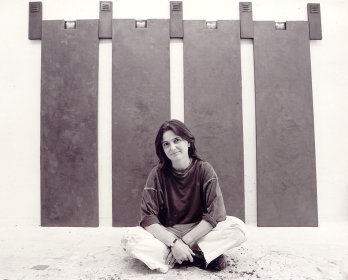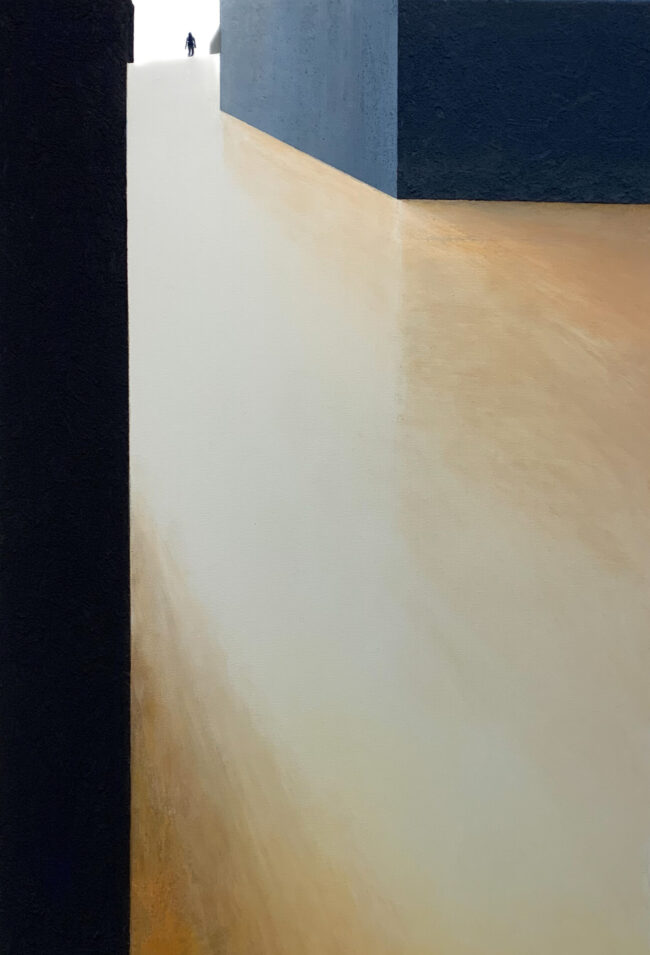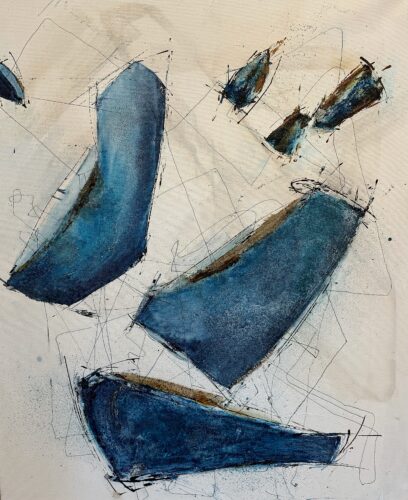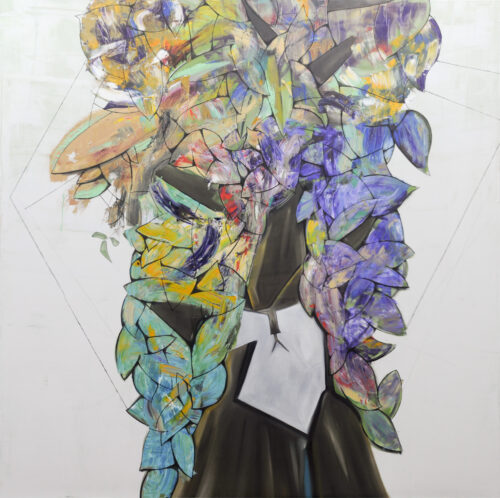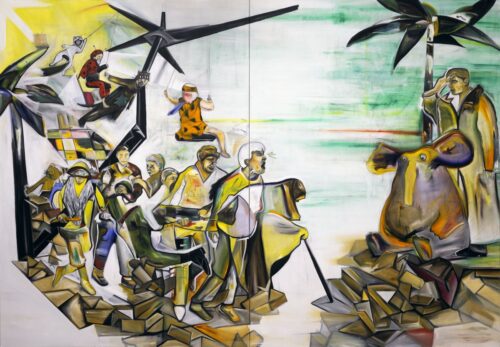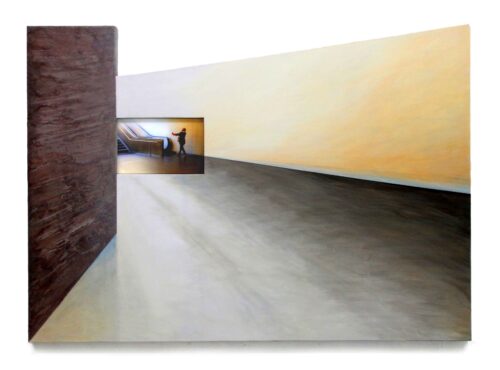CV / Bio
Selected works
Exhibitions
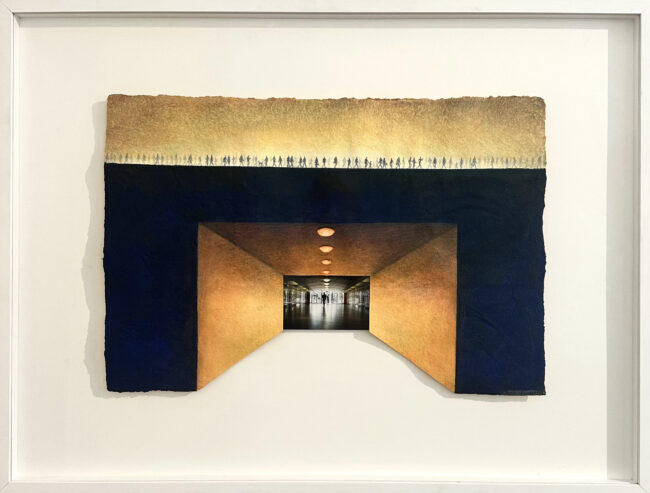
Above and below
Franziska Schemel
Watercolor and sand on handmade paper with photography on Aludibond
38 x 56 cm

Light Path
Franziska Schemel
Watercolor and sand on handmade paper with photography on Aludibond
56 x 38 cm
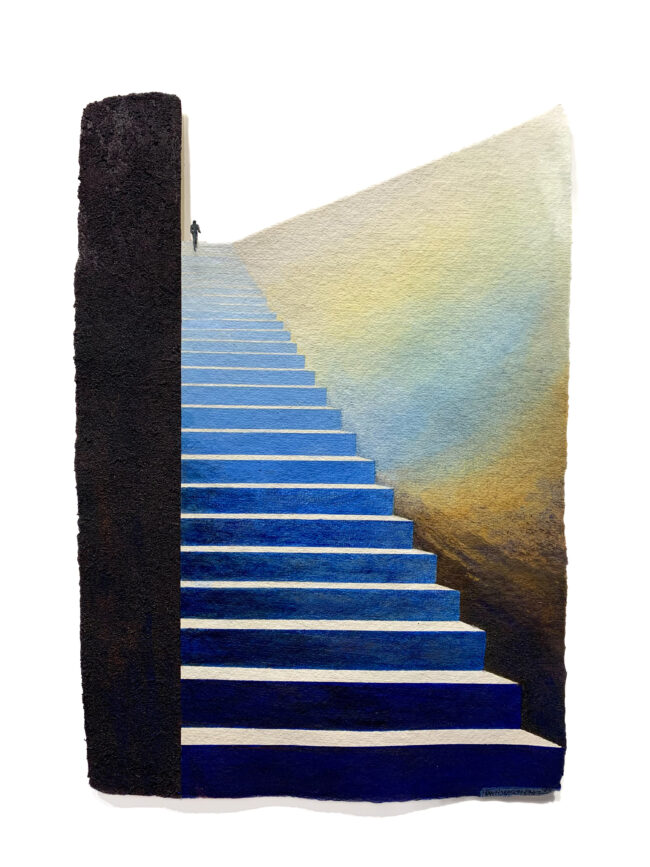
High Up
Franziska Schemel
Watercolor and sand on handmade paper
56 x 38 cm
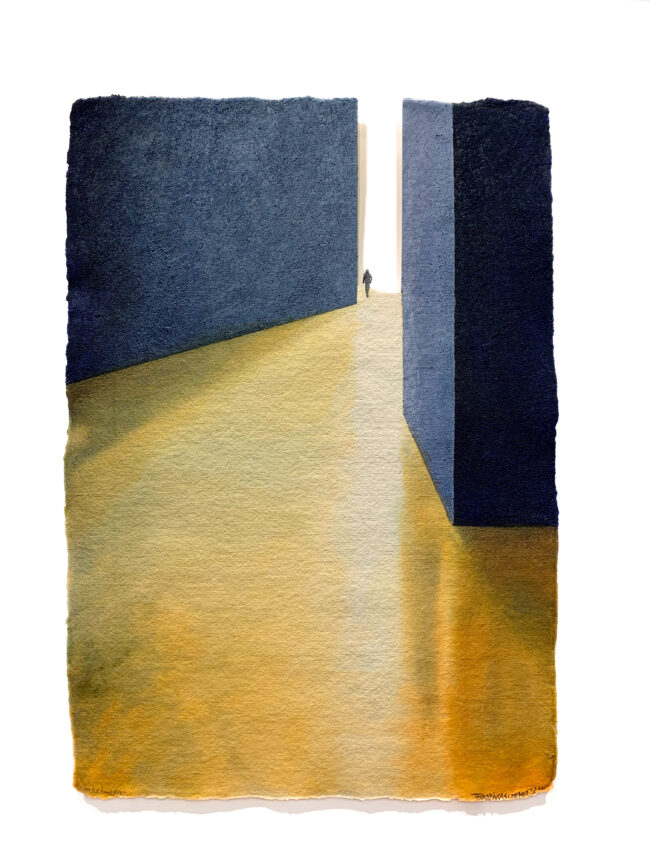
In Between
Franziska Schemel
Watercolor and sand on handmade paper
56 x 38 cm
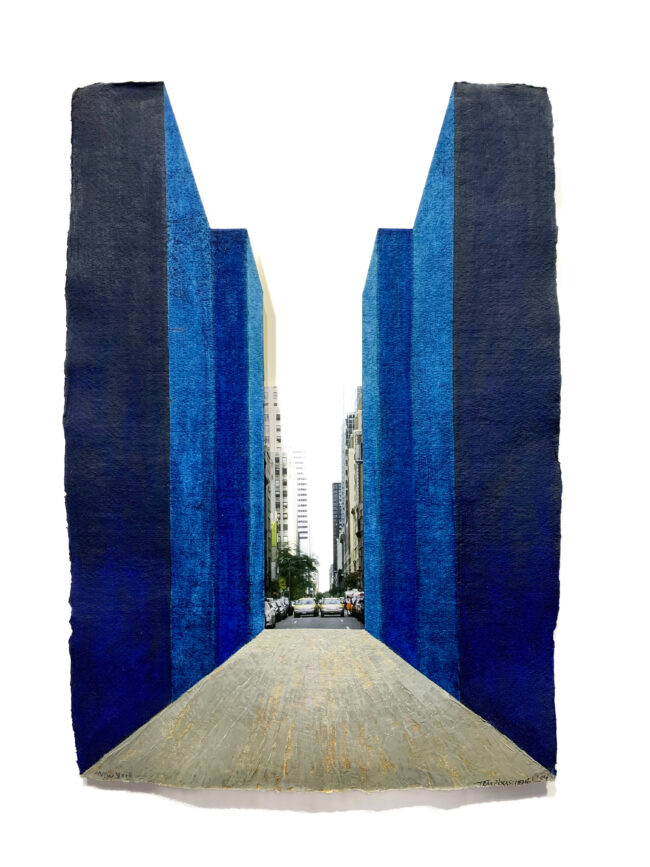
New York
Franziska Schemel
Watercolor on handmade paper with photography on Aludibond
56 x 38 cm
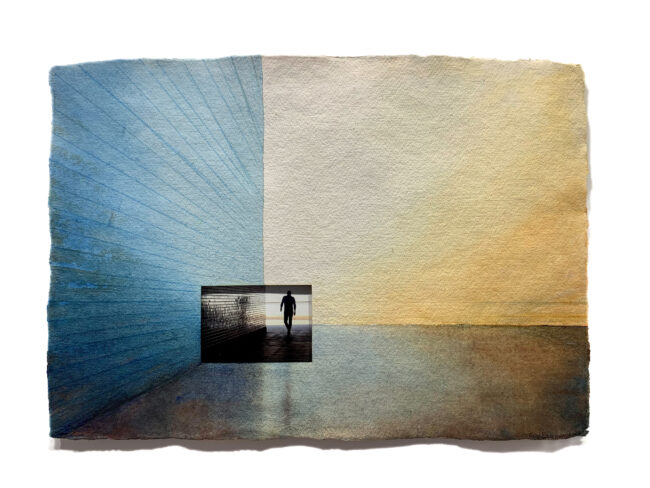
Shadows
Franziska Schemel
Watercolor and sand on handmade paper with photography on Aludibond
38 x 56 cm
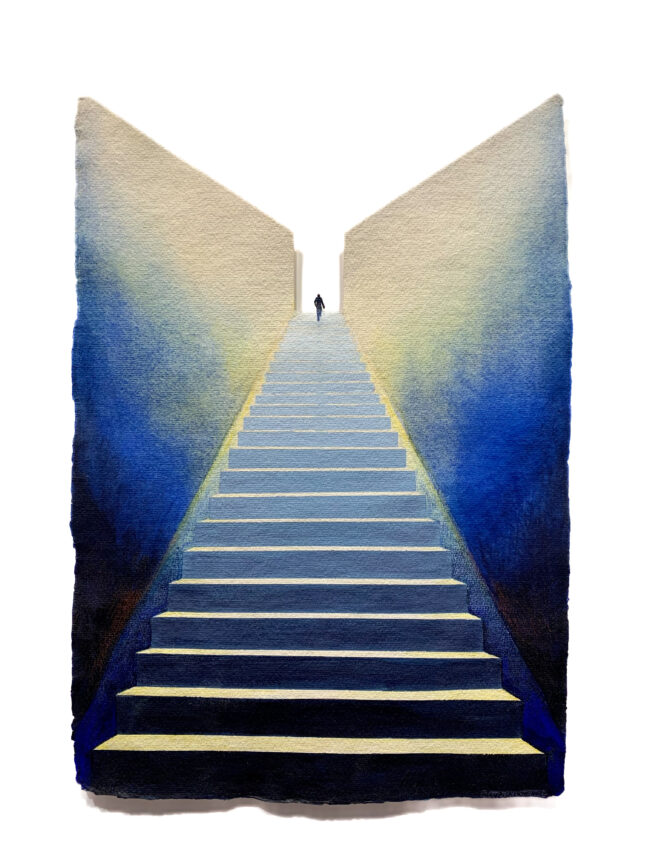
Endless
Franziska Schemel
Watercolor, acryl and sand on handmade paper
56 x 38 cm
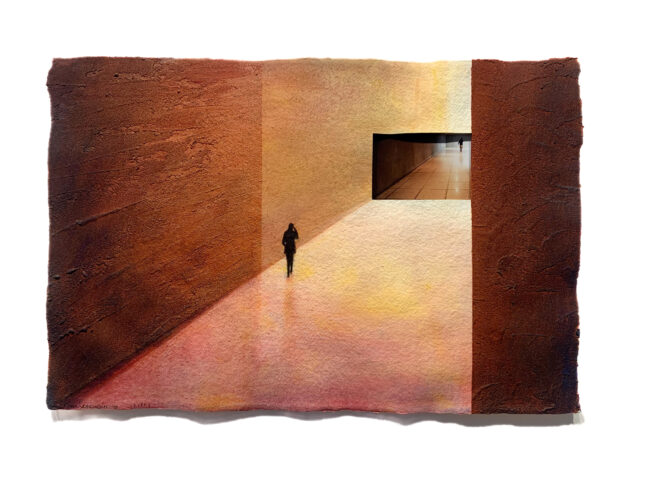
Hello ?
Franziska Schemel
Watercolor and sand on handmade paper with photography on Aludibond
38 x 56 cm

Somewhere
Franziska Schemel
Watercolor and sand on handmade paper with photography on Aludibond
38 x 56 cm
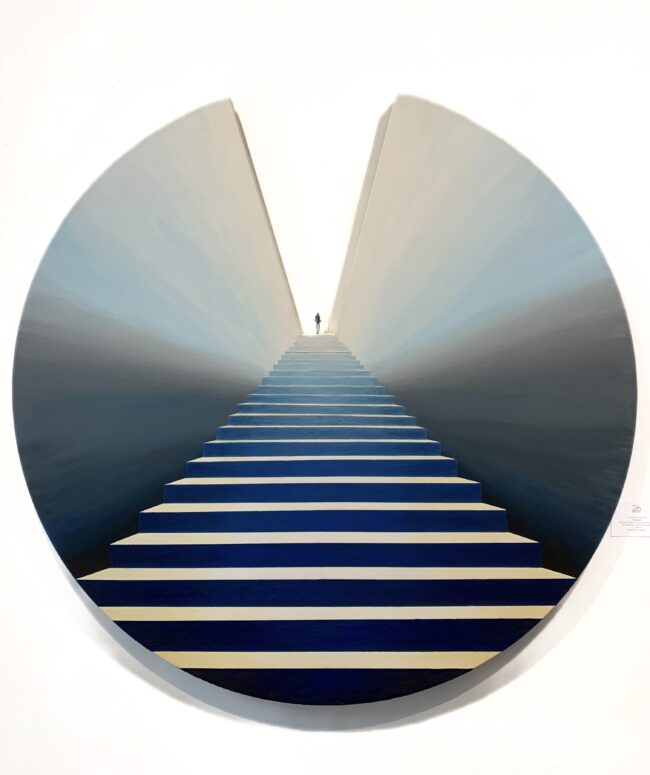
Upwards
Franziska Schemel
pigments, sand, acrylic on canvas with wire figure
D-130 cm
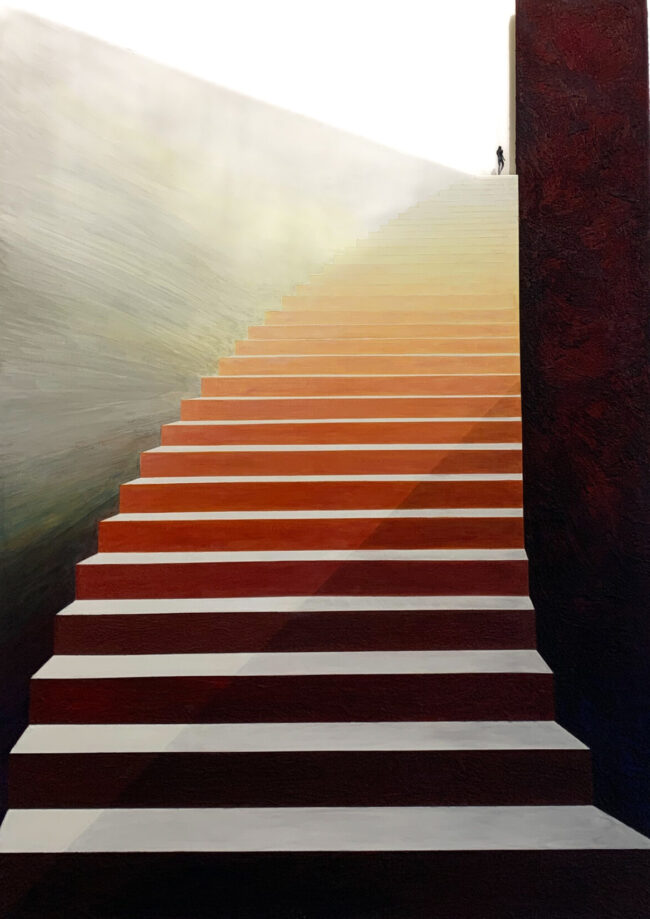
Into the Sun
Franziska Schemel
Pigments, sand, acrylic on canvas with wire figure
140 x 100 cm
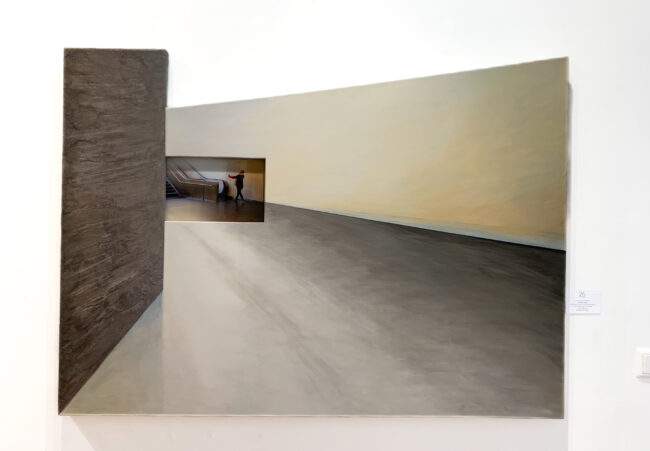
Coffee to Go
Franziska Schemel
pigments, sand, acrylic on canvas with photography in plexiglass
100 x 140 cm
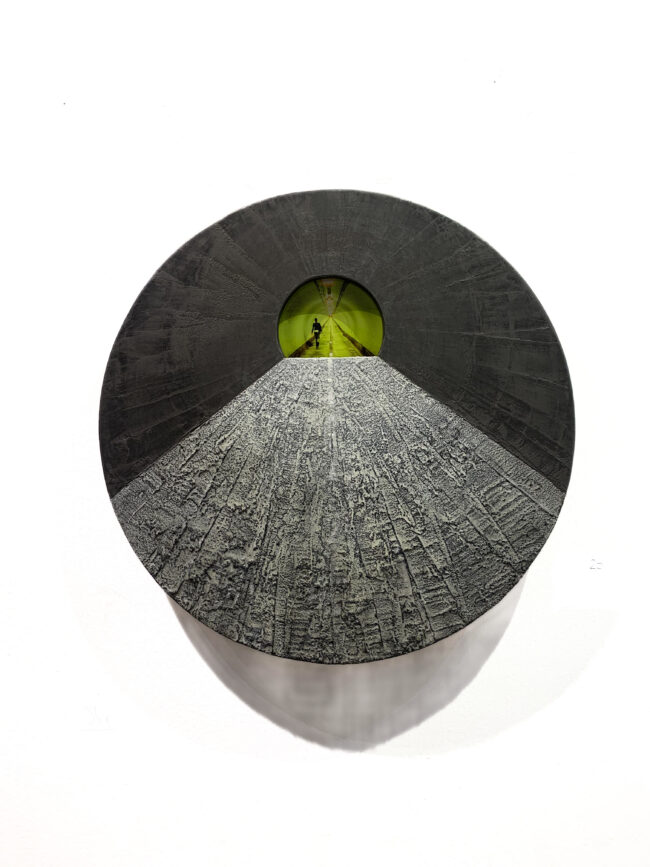
Inside
Franziska Schemel
Acrylic, pigments, sand, wood and photography in plexiglass
D-62 cm
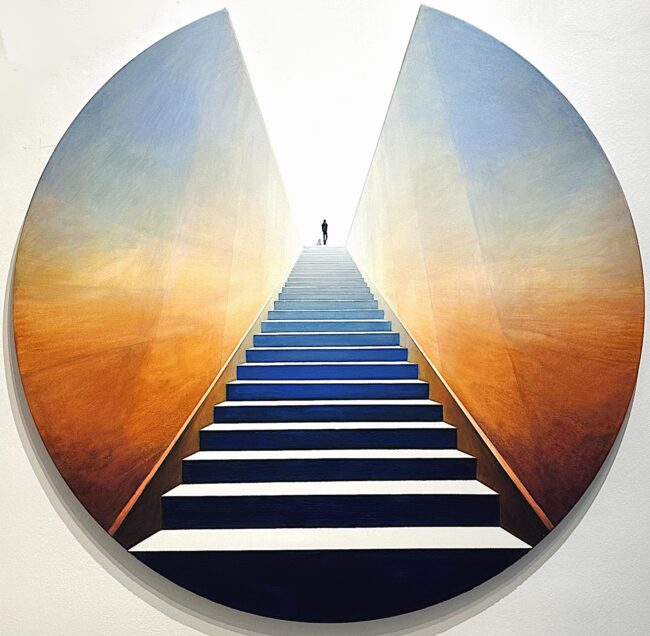
Longing
Franziska Schemel
Pigments, sand, acrylic on canvas with figure made of wire and thread
D = 113 cm
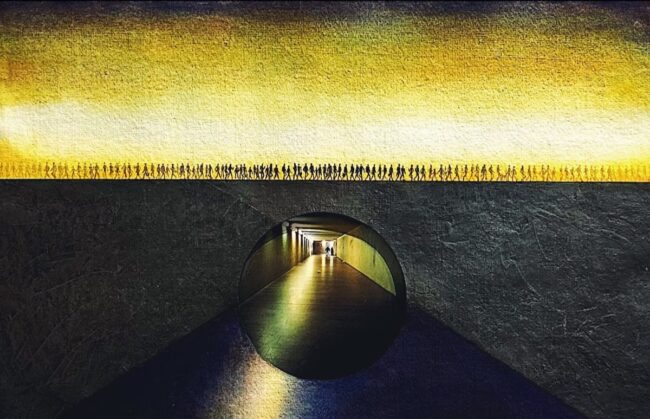
Another Way
Franziska Schemel
Watercolor and sand on handmade paper with photograph on Aludibond, framed
38 x 56 cm
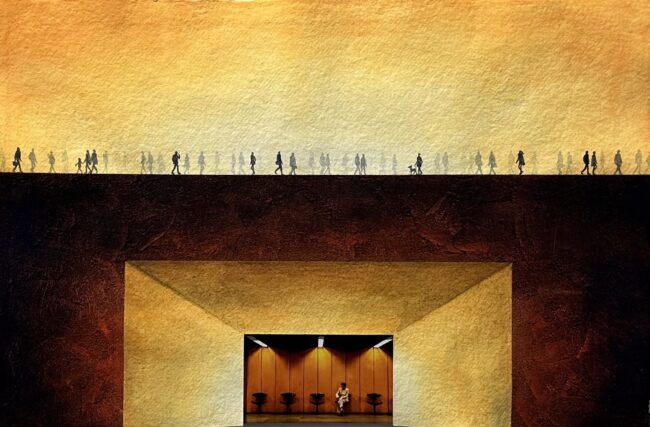
Still Waiting
Franziska Schemel
Watercolor, sand, photography (Aludibond)on handmade paper, framed
38 x 56 cm
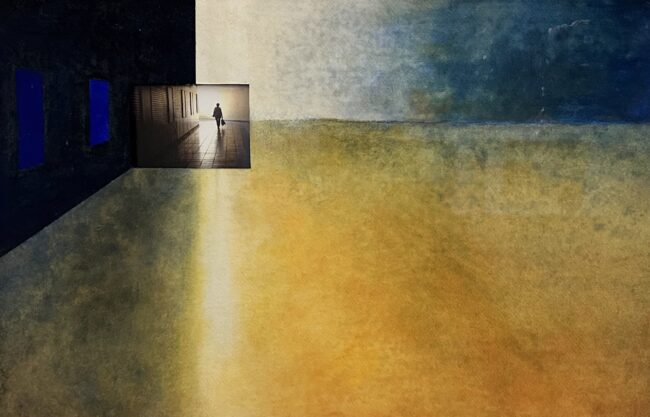
Lonesome Way
Franziska Schemel
Watercolor and sand on laid paper with photograph on Aludibond, framed
38 x 56 cm
